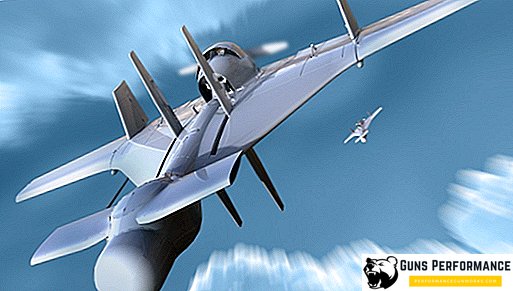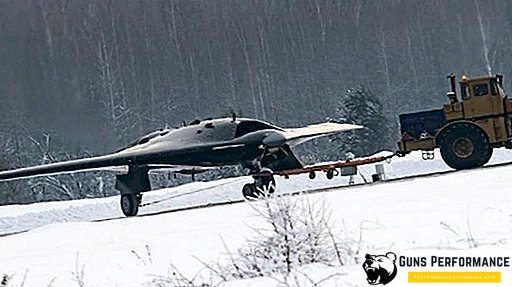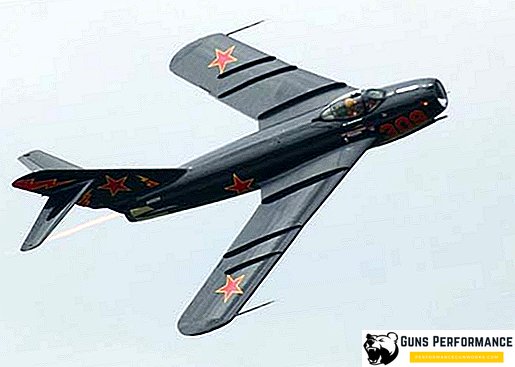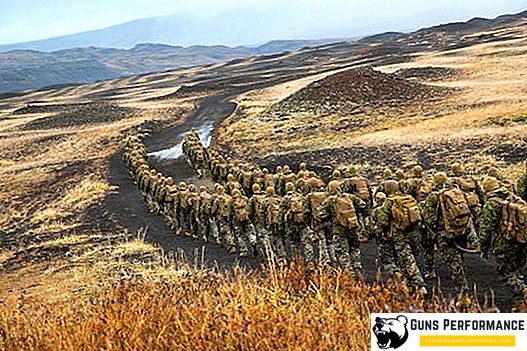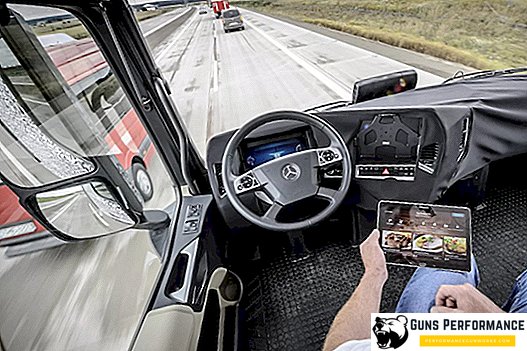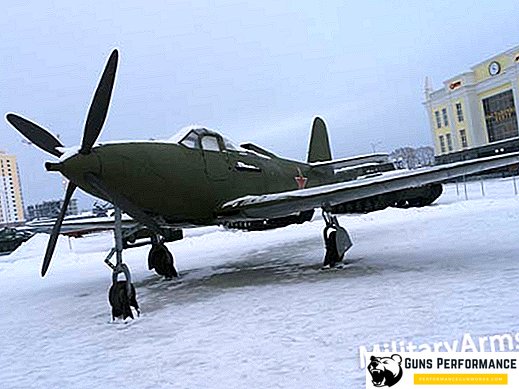Airbus A330 is a wide-body passenger aircraft, developed by Airbus Industrie in 1992. Produced to date.
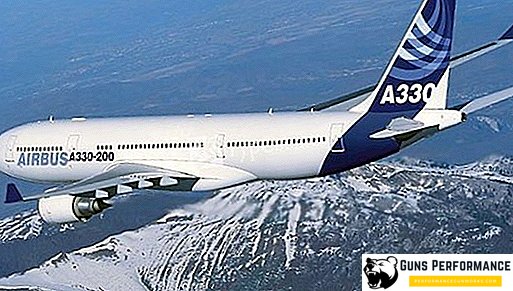
Overview of the salon and the best places
The most common layout of the passenger cabin of the A330 is the version with 28 seats in business class and 268 in economy class. Business class is located in front of the passenger cabin of the liner and ranks from 1 to 5 according to the diagram. Places of this class are distinguished by convenience and a larger space than in an economy class between the seats. An additional advantage of business-class seats is the fact that on new airplanes (for example, the Airbus A330-300 model), they are easily folded 180 degrees, thus turning into comfortable beds and allowing you to fully relax during the flight. It should be noted that, on early production aircraft, the seats, as a rule, are displayed only at a certain angle, but this does not greatly affect the overall comfort of the business class cabin. Passengers of this class are also offered a more varied menu (as compared with the economy class), as well as various (including alcoholic) beverages. The multimedia entertainment system is able to brighten up the flight time well.

The business class places themselves are the best on the plane, however there are certain comments for them. So, places in the 1st and 5th rows (according to the scheme) are less successful than the rest. This is primarily due to the fact that the chairs are located right next to the outbuildings, which means that there is always a fuss in the form of a stream of passengers and attendants. This factor may adversely affect the quality of rest during the flight. Therefore, people who do not suffer fuss and want to have a good rest during the flight are not recommended to book these places.
Behind the business class seats there is an economy class lounge, which has two wide aisles and the location of the seats “2-4-2”. Its place is occupied by rows with numbers from 11 to 45 (according to the scheme). The economy class seats of the Airbus A330, of course, are not as soft as in the business class, and are not decomposed by 180 degrees, turning into beds, but, nevertheless, quite comfortable and spacious. Also, places of this class are equipped with monitors built into the backs of the front seats or in the armrests, audio / video entertainment systems. The menu here is also delicious, although not as diverse as in business class. The distance between the economy class seats meets international standards and is enough for the legs.

The best in economy class are the places designated by the letters A, C, H and K, located, according to the scheme of the passenger compartment, in the 29th row. Their advantage lies mainly in the fact that there are no armchairs in front of them, which means that the distance for the legs here is significantly greater than for other places. Particularly successful in this respect are the places near the windows (that is, A and K) - they will be kept away from the flow of passengers and attendants, which means that you will have a better and more complete rest here. The only disadvantage of these places is that the monitors here are built into the armrests of the seats. However, these places are the best choice.
The least comfortable in the economy class Airbus A330 are the seats in the rows numbered 27, 28, 43, 44 and 45 (according to the diagram). Their inconvenience and less comfort due to the proximity of the toilet and utility rooms.

Modifications A330
- Airbus A330-100 - the first modification of the aircraft. It was supposed to be a replacement for the Airbus A300 and A310, however, due to a number of design errors, it was unsuccessful.
- Airbus A330-200 - modification, created to replace the Airbus A300-600. It was also planned that the liner will be able to make a serious competition to the Boeing-767. Commercial use began in 1998.
- Airbus A330-200F - cargo modification of the Airbus A330-200. The creation of the A330-200F was caused by a decrease in demand for a similar modification of the Airbus A300 - model A300-600F. Operation began in 2010.
- Airbus A300-200HGW - modification of the Airbus with increased take-off weight. The aircraft was developed in 2009. The main customer of the model is the airline Korean Air.
- Airbus A330-300 - modification, created as a replacement for the aircraft A300. It is the most common liner of the A330 family. It has a passenger capacity of 295 (with a three-class layout) and up to 440 people (with a single-class layout). The Airbus A330-300 has a large cargo bay that allows you to carry additional cargo.
- Airbus A330 P2F - modification of the aircraft, which is the result of a kind of "conversion" of the aircraft from the passenger model in the cargo. The P2F index means "passenger-to-freight" - "passenger to freight". The conversion program began in 2016.

In addition to civilian modifications, the A330 family has two military models:
- Airbus A330-200 MRTT is a modification of the Airbus used for military purposes as a multi-purpose tanker transport vehicle (MRTT - Multi-Role Tanker Transporter). It is characterized by installed additional fuel tanks containing up to 111 tons of aviation kerosene.
- The Airbus A330-200 FSTA (Future Strategic Aircraft Tanker - a strategic tanker aircraft of the future) is another military modification of the Airbus A330, which is currently under development.
Overview of Airbus A330 and its characteristics
The Airbus A330 is a turbojet low plane. Plumage liner - one-chin. The wing is arrow-shaped. The power plant of the Airbus is represented by two engines: CF6-80E1 from General Electric (Airbus A330-100), PW4000 from Pratt & Whitney (Airbus A330-200) or CF6-80E1 from General Electric (Airbus A3-3-300); There are also many other options.
Characteristics of the Airbus A330:
| Airbus A330-200 | Airbus A330-200F | Airbus A330-300 | |
| Crew, pers. | 2 | ||
| Passenger capacity | 253 (3 classes) | 295 (3 classes) | |
| typical | 293 (2 classes) | 335 (2 classes) | |
| 375: (optional) 406 | 375: (optional) 440 | ||
| Length m | 58,8 | 63,7 | |
| Wingspan, m | 60,3 | ||
| Wing area, m² | 361,6 | ||
| Wing extension | 10,06 | ||
| Sweep angle, ° | 30 | ||
| Keel height, m | 17,4 | 16,9 | 16,8 |
| Interior width, m | 5,3 | ||
| Fuselage width, m | 5,6 | ||
| Maximum take-off weight, t | 242 | 233 | 242 |
| Maximum landing weight, t | 182 | 187 | |
| Cruising speed | 0.82 M (871 km / h for 11,000 meters (36,000 feet) of altitude) | ||
| Maximum cruising speed | 0.86 M (913 km / h for 11,000 meters (36,000 feet) of altitude) | ||
| Maximum range at full load, km | 13 400 | 7400 (65t) | 11 300 |
| 5950 (70t) | |||
| Flight altitude, m | 12 527 | ||
| Maximum height, m | 13 000 | ||
| Engines (× 2) | General Electric CF6-80E1 | Pratt & Whitney PW4000 | General Electric CF6-80E1 |
| Pratt & Whitney PW4000 | Rolls-Royce Trent 700 | Pratt & Whitney PW4000 | |
| Rolls-Royce Trent 700 | Rolls-Royce Trent 700 | ||

Conclusion
The Airbus A330 is a successful universal airliner used for passenger transport and cargo transportation, as well as for military purposes (as a tanker aircraft). Thanks to flight performance, efficiency and ease of maintenance, the production and operation of the A330 continues to this day.



